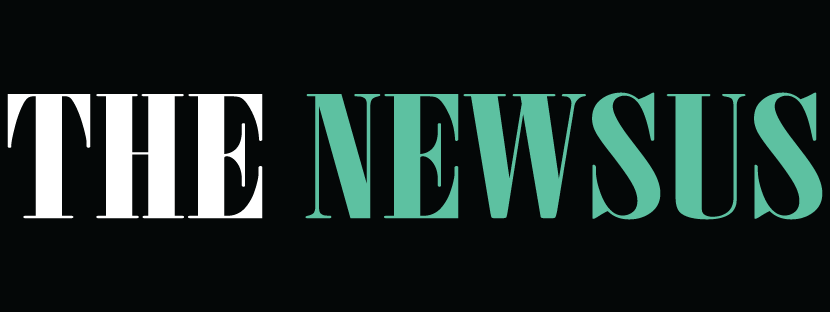Signs It’s Time to Rethink Your Corporate Office Interior Design
An office environment directly influences how employees feel, how clients perceive your business, and how efficiently operations run. Over time,...
An office environment directly influences how employees feel, how clients perceive your business, and how efficiently operations run. Over time, even well-designed spaces can start to lose their impact, either due to changes in company needs or evolving workplace trends.
Recognizing when to update Corporate Office Interior Design is essential for maintaining a productive, inspiring, and functional workspace. Certain signs point to the fact that your space is no longer supporting your business objectives as effectively as it should.
Declining Employee Morale and Engagement
A noticeable drop in team motivation could be linked to the physical environment. Poor lighting, outdated furniture, and uninspiring layouts can make the workplace feel stagnant. If employees prefer to work remotely, it might be because the office is no longer a space they enjoy or feel energized by.
Workplace design should encourage collaboration, creativity, and focus. When it fails to do so, morale suffers, which can impact retention and performance.
Increased Space Inefficiencies
Over the years, company operations change, and so do space requirements. If desks are empty while meeting rooms are constantly booked, or if storage areas are underutilized while common spaces feel cramped, it is a sign your layout needs reevaluation.
Modern offices benefit from flexible layouts, hot-desking, and multipurpose zones. These changes can make better use of available space without necessarily requiring a larger footprint.
Outdated Technology Integration
Technology is central to modern work. Offices designed years ago may lack the infrastructure to support current needs, from video conferencing setups to integrated charging stations. Poor cable management, insufficient power outlets, or lack of screen-sharing capabilities can slow down productivity.
An update can include built-in tech solutions that make meetings smoother, improve connectivity, and support hybrid work models more effectively.
Poor First Impressions for Clients
The office is often the first physical representation of your brand that clients and visitors encounter. Worn-out furniture, dated finishes, or mismatched décor can send the wrong message about your company’s professionalism and attention to detail.
Refreshing finishes, upgrading reception areas, and aligning the design with brand identity can make a positive impression that supports business relationships.
Inflexibility in Adapting to Growth
Businesses that grow quickly may find their current design cannot keep pace with evolving needs. If adding new team members requires makeshift workstations or repurposing unsuitable spaces, it’s time to rethink the design.
A future-proof office considers scalability from the start, incorporating modular furniture and layouts that can expand or shift without disrupting workflows.
Workplace Wellness Challenges
If your office has poor air circulation, uncomfortable furniture, or insufficient natural light, it could be affecting employee health and productivity. These factors contribute to fatigue, headaches, and lower concentration levels.
Incorporating ergonomic furniture, air purification systems, and wellness-focused spaces can improve both comfort and performance.
Common Signs That Demand Immediate Action
- Decreased productivity – Work output can suffer when the physical environment makes it harder to focus, move freely, or collaborate.
- Frequent employee complaints – Consistent concerns about temperature, lighting, or noise levels suggest the design is not meeting basic needs.
- Rising maintenance costs – Older furniture, flooring, and fixtures may require frequent repairs, making an update more cost-effective in the long run.
- Difficulty attracting talent – Prospective employees may be less interested in joining a company whose workspace feels outdated or uninspiring.
- Mismatched branding – If the office design no longer reflects the company’s values or identity, it can weaken brand cohesion.
Addressing these indicators quickly ensures the space continues to support your workforce and business goals.
Aligning Design With Company Culture
The best office environments reflect the values and work style of the organization. An innovative, collaborative culture thrives in open, flexible layouts with shared spaces for brainstorming. Conversely, a company focused on confidentiality and precision may need more private workstations and meeting rooms.
Design should be intentional, supporting how employees interact, solve problems, and engage with clients. If there’s a disconnect between culture and environment, performance can be affected.
Prioritizing Function and Flow
A beautiful office is only valuable if it functions well. Workflow should be smooth, with logical placement of departments, shared resources, and meeting areas. Poor flow leads to wasted time, miscommunication, and frustration.
A redesign can address these issues by mapping how employees move through the space and identifying where bottlenecks or inefficiencies occur.
Incorporating Sustainability
Sustainable office design is not just an environmental consideration — it’s also a strong business statement. Energy-efficient lighting, recycled materials, and improved insulation can lower operational costs while demonstrating corporate responsibility.
If your current office lacks sustainable features, upgrading can improve brand reputation and align with stakeholder expectations.
Balancing Privacy and Collaboration
Modern workplaces need to offer both collaborative areas and quiet zones. If your office heavily favors one over the other, productivity can suffer. Too much openness can lead to distractions, while excessive partitioning can hinder teamwork.
Creating a mix of spaces for different work styles ensures all employees can perform at their best.
Steps for a Smooth Redesign Process
- Assess current pain points – Gather feedback from employees about what works and what doesn’t in the existing space to inform design priorities.
- Define goals and budget – Be clear on what you want to achieve and how much you are willing to invest to avoid scope creep.
- Work with experienced designers – Professionals bring expertise in balancing aesthetics, functionality, and compliance.
- Plan for minimal disruption – Schedule updates in phases or during off-hours to maintain operations during the redesign.
- Review and adapt – After implementation, continue to monitor how the space performs and make adjustments as needed.
A thoughtful approach ensures the redesign delivers long-term value rather than just a short-term visual upgrade.
Conclusion
An office environment must evolve alongside the business it serves. Signs such as declining morale, inefficiencies, and outdated branding indicate it’s time for change. By addressing design shortcomings and aligning the space with company culture, you create an environment that supports productivity and leaves a strong impression on clients. This process often requires collaboration with skilled professionals in areas like construction trade services, ensuring that updates are executed to the highest standards and meet both functional and aesthetic goals.




